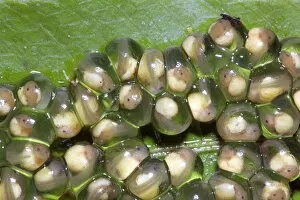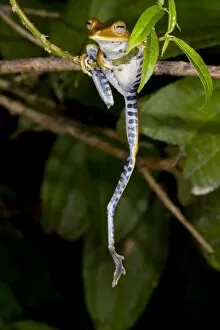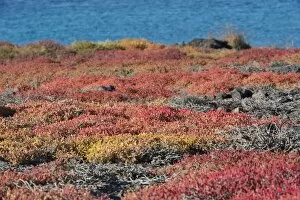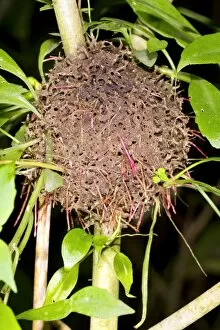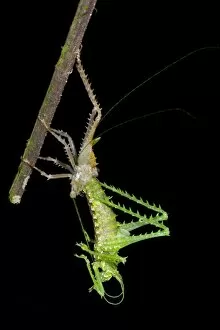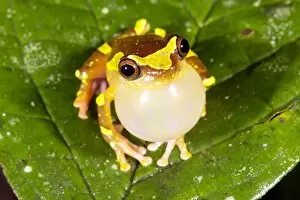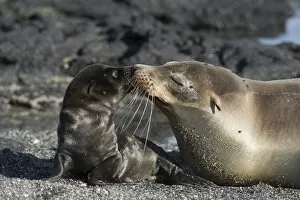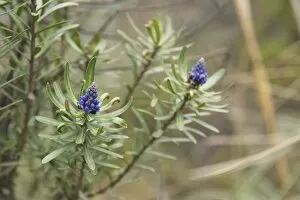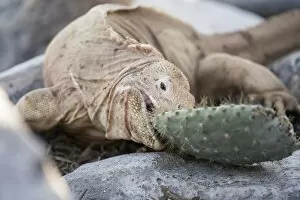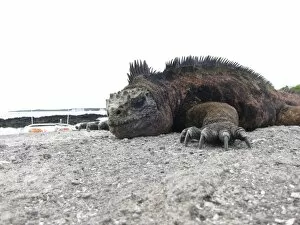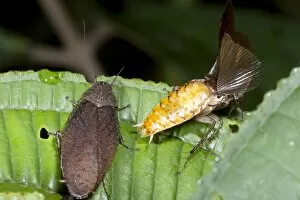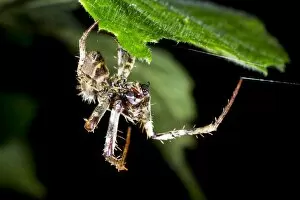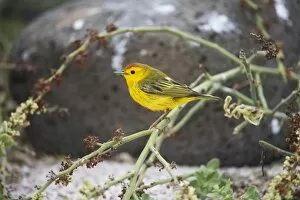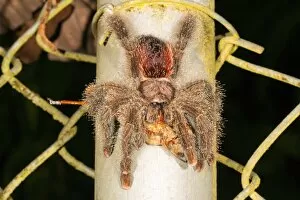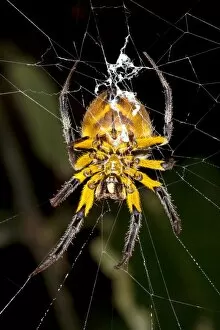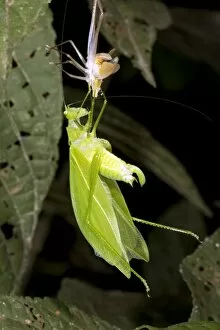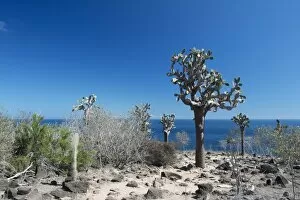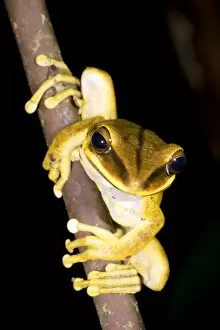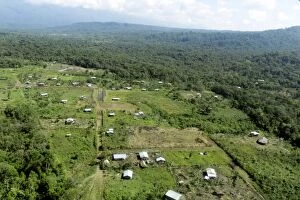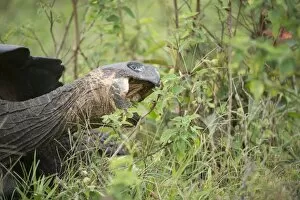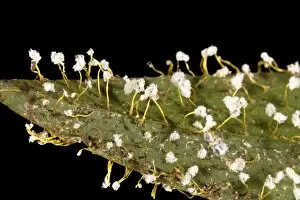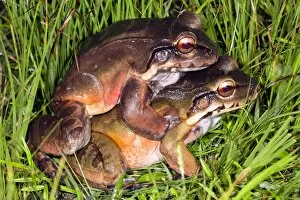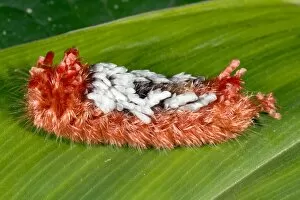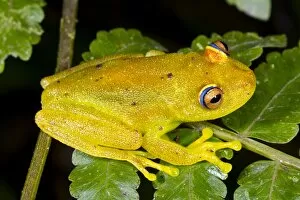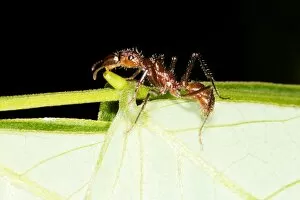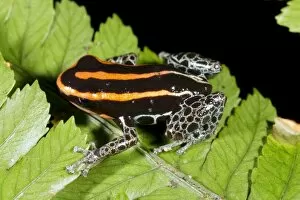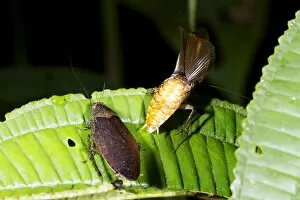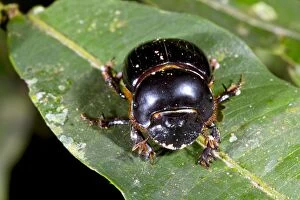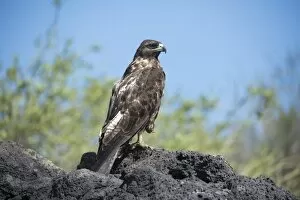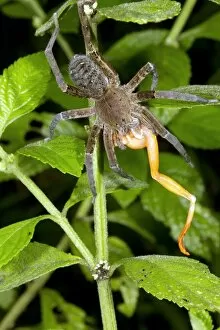Ecuador Collection (#86)
"Discover the Enchanting Wonders of Ecuador: A Captivating Journey through Nature and History" Immerse yourself in the mystical charm of Ecuador
For sale as Licensed Images
Choose your image, Select your licence and Download the media
"Discover the Enchanting Wonders of Ecuador: A Captivating Journey through Nature and History" Immerse yourself in the mystical charm of Ecuador, a captivating South American country that boasts an array of breathtaking landscapes and cultural treasures. From the iconic image of Saint Anthony of Padua preaching to the fishes, symbolizing harmony between man and nature, to the awe-inspiring backdrop of Quito with Pichincha Volcano standing tall, every corner is a testament to Ecuador's natural beauty. Embark on an adventure like no other as you explore the Galapagos Islands, where Hood Island welcomes you with its vibrant Blue Footed Boobies dancing along its shores. Witness these fascinating creatures up close as they showcase their distinctive blue feet – a true marvel of evolution. Venture further into Ecuador's diverse terrain and be mesmerized by Cotopaxi, majestically rising from the west. Its snow-capped peak stands as a reminder of nature's grandeur and power. In Tandayapa region's Andean cloud forest, lose yourself amidst a sea of Redvein Abutilon flowers – their vivid hues painting an ethereal landscape. Nature enthusiasts will find solace in San Gerardo de Dota in Costa Rica, Central America where Resplendent Quetzals proudly display their resplendent plumage. Marvel at these magnificent birds as they grace the skies with their vibrant colors. The Galapagos Islands continue to enchant with Puerto Ayora on Santa Cruz Island serving as your gateway to paradise. Explore this idyllic destination teeming with life – from playful Blue-Footed Boobies showcasing their feeding rituals to Giant Tortoises roaming freely across Floreana Island's highlands. Quito invites you to step back in time along Historic La Ronda street; immerse yourself in colonial architecture while savoring local delicacies that tantalize your taste buds.


